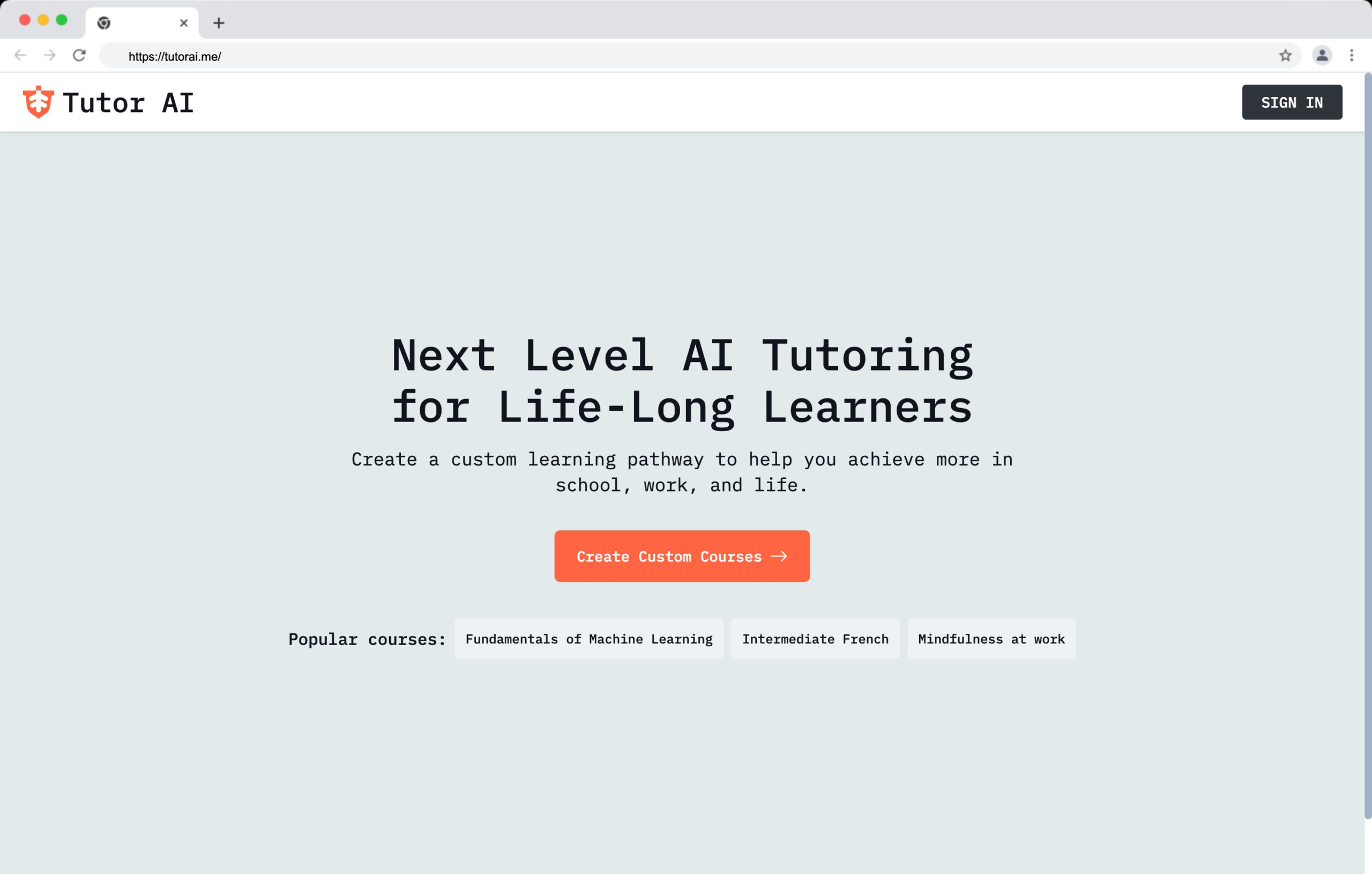Let’s be honest — private tutoring is expensive, and it doesn’t always deliver consistent results.
Students often need help in the moment, not days later when the next session is booked. That’s where AI tutoring tools are starting to stand out.
When it comes to AI tutors vs traditional tutors, the big question is whether AI can actually replace a human when it matters most.
This article looks at the key differences — cost, flexibility, personalisation, and real-world performance — so you can decide which one fits your needs best.
By the end, you’ll have a clear picture of what works better for students today, and where your money’s better spent.
Cost Breakdown — Who’s Draining Your Wallet?
Tutoring costs can sneak up fast.
One or two sessions a week? You’re easily spending hundreds — and that’s just for one subject.
Here’s a side-by-side comparison:
| Type | Average Cost Per Hour | Monthly Cost (4 hrs/week) | Notes |
|---|---|---|---|
| Traditional Tutor | $40–$100 | $640–$1600 | Depends on subject & location |
| AI Tutor Tools | ~$10–$30/month | $10–$30 | Unlimited sessions, 24/7 access |
Traditional tutors:
- You pay per hour. If your kid misses a session, you still pay.
- Rates jump higher for SAT prep, calculus, science, or languages.
- In many cities, $100/hr is standard. Some go even higher.
AI tutors:
- One monthly fee — use it whenever you want.
- No hidden costs. No scheduling.
- A better fit for families juggling multiple kids or inconsistent routines.
💡 If you’re watching your budget, AI tutoring tools are an easy win.
Personalisation — Can AI Really Match a Human?
Most people assume that only a real person can personalise teaching.
But modern AI tutoring tools are built to adapt to each student on the fly.
What AI does well:
- Tracks mistakes and progress in real-time
- Adjusts the difficulty level based on past performance
- Offers multiple explanations until the concept clicks
This kind of instant adaptability is hard to match — even for seasoned human tutors.
Where human tutors still shine:
- Reading body language
- Spotting mental fatigue or frustration
- Offering emotional support and encouragement
The reality? For most students, especially those in K–12 or studying for exams, AI gives them what they need: fast, customised help without the awkwardness of asking again and again.
Availability + Flexibility — Who’s Actually There When You Need Help?
Imagine this: It’s late, homework is due tomorrow, and your kid is stuck.
What now?
AI tutor:
- Available instantly, no need to check calendars
- Runs 24/7, including weekends and holidays
- No cancellations, no time zone drama
Traditional tutor:
- Needs to be scheduled
- Not available late at night
- Life happens — they cancel, move, or change rates
Here’s something students say often:
“I needed help the night before finals. My tutor was asleep. The AI tool had my back.”
When you need support in the moment, AI wins on responsiveness every time.
Accuracy + Quality — Who Teaches It Better?
People think a human tutor automatically means better quality.
But that’s not always true — especially if the tutor isn’t great at explaining or doesn’t specialise in the subject.
AI tools are trained on huge datasets, updated content, and refined teaching logic. They don’t get tired, distracted, or give wrong info (if they’re built well).
AI strengths:
- Delivers consistent and accurate answers
- Breaks down topics using visuals, examples, and quizzes
- Always pulls from current academic standards
Human strengths:
- Can be more creative with how they explain things
- Adapt to different learning styles in the moment
- Share real-world examples from personal experience
Some human tutors are fantastic. But many are… average.
With AI, at least you get a consistently decent baseline — and no chance of someone winging it.
Student Engagement — Who Keeps You from Doom-Scrolling?
Let’s face it — students lose focus fast.
AI tools know that, and many are built to fight it.
How AI keeps students engaged:
- Short bursts of learning instead of long lectures
- Gamified lessons and rewards
- Instant answers that build momentum
Why some human sessions fall flat:
- Sessions that drag too long
- One-size-fits-all teaching style
- Minimal interaction or creative delivery
That said, some kids thrive with a real person guiding them.
If your child does better with encouragement and human accountability, traditional tutoring might be better.
But if they get bored easily or prefer digital tools, AI is built to hold their attention.
What Are Parents + Teachers Saying?
This isn’t just theory — here’s what real users are saying:
Parents:
“We couldn’t afford $800/month for a tutor. AI made it possible.”
“My daughter prefers the AI tool. She doesn’t feel judged for asking questions.”
Teachers:
“AI fills in the learning gaps we don’t always have time to catch in class.”
“Some of my students are doing better because they use AI to review after lessons.”
The numbers back it up:
- 65% of students said they prefer AI for fast, low-pressure help
- 78% of parents said they’d consider replacing private tutoring with AI after trying it
- 49% reported their child uses AI tools more regularly than traditional tutoring
The trust is growing — and it’s results-driven.
So, What’s the Smart Choice?
Here’s the real answer: it doesn’t have to be all or nothing.
Some families combine both. Some start with AI and use a tutor only when needed.
But if you’re picking just one, start with AI.
It’s cheaper, always ready, and for most students, it delivers the help they actually need.
And if you’re looking for a reliable, easy-to-use platform that explains things clearly and adapts to your pace, check out Tutorai.me.
It’s simple, quick, and built to help students succeed — no scheduling, no stress.
